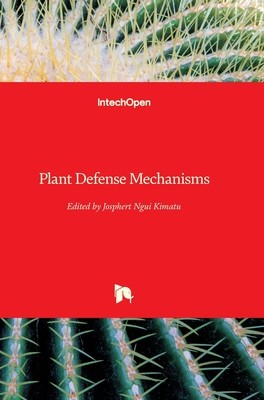
- We will send in 10–14 business days.
- Publisher: IntechOpen
- ISBN-10: 1839697709
- ISBN-13: 9781839697708
- Format: 17 x 24.4 x 1.4 cm, hardcover
- Language: English
- SAVE -10% with code: EXTRA
Plant Defense Mechanisms (e-book) (used book) | bookbook.eu
Reviews
Description
Recent human migrations, technological advances, agricultural activities, and climate change-induced phenomenon have forced plants to increasingly adapt to new environments. This book highlights current morphological, anatomical, physiological, molecular, and genomic advances in plant defense mechanisms. These advances, including epigenetic mechanisms, have been linked to observed phenotypic plant plasticity. Researchers have found intriguing plant interactions and novel mechanisms, which have increased our understanding of how sessile plants adapt to and thrive in challenging environments. The studies in this book consider the resilience and sustainability of plant genomes and epigenomes and the role they will play in the next generation of food systems.
EXTRA 10 % discount with code: EXTRA
The promotion ends in 17d.07:51:51
The discount code is valid when purchasing from 10 €. Discounts do not stack.
- Publisher: IntechOpen
- ISBN-10: 1839697709
- ISBN-13: 9781839697708
- Format: 17 x 24.4 x 1.4 cm, hardcover
- Language: English English
Recent human migrations, technological advances, agricultural activities, and climate change-induced phenomenon have forced plants to increasingly adapt to new environments. This book highlights current morphological, anatomical, physiological, molecular, and genomic advances in plant defense mechanisms. These advances, including epigenetic mechanisms, have been linked to observed phenotypic plant plasticity. Researchers have found intriguing plant interactions and novel mechanisms, which have increased our understanding of how sessile plants adapt to and thrive in challenging environments. The studies in this book consider the resilience and sustainability of plant genomes and epigenomes and the role they will play in the next generation of food systems.


Reviews